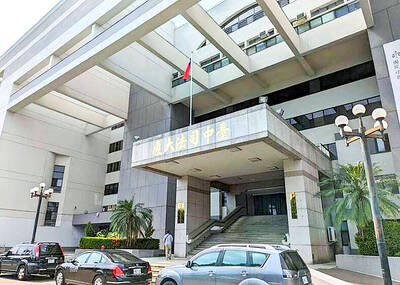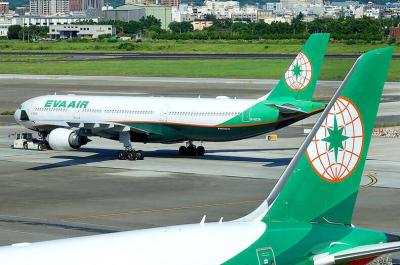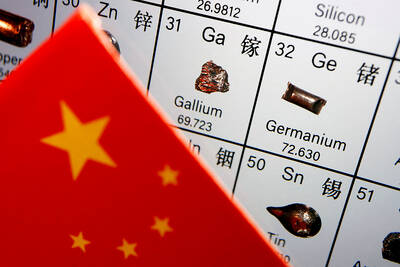The government has done too little for victims of the White Terror era and Taiwanese tend to forget about what their forebears had to sacrifice for democracy, academics and former political prisoners said yesterday.
The government should establish a task force to explore, collect and manage information on all political cases during the White Terror era, the group said at a press conference announcing the launch of an online database of political prisoners and victims from 1945 to 1987.
The White Terror era began after the 228 Incident, when the Chinese Nationalist Party (KMT) government launched a brutal military crackdown against people protesting the administration of then-executive administrator Chen Yi (陳儀). During the White Terror era, the KMT government killed tens of thousands of suspected dissidents, many intellectuals and members of the social elite.
Chang Mao-hsiung (張茂雄), 72, a former political prisoner, said that as of now, efforts by the government to explore and document details of that tragic period have been lacking.
Chang, who spent five years behind bars as a prisoner of conscience, has devoted 15 years of his life to building up a database of political cases during the White Terror era. So far, he has catalogued 12,541 persons and 3,250 cases, but these only represent a small portion and more effort is needed before the public can gain more insight into a tragic chapter of the nation’s past, he said.
Wang Hsiao-po (王曉波), a professor at National Taiwan University, who hosted the press conference, said Chang’s database and the false impression that it was Mainlanders who oppressed Taiwanese showed how little is understood about the White Terror era.
Mainlanders, 15 percent of Taiwan’s population, accounted for 41 percent of all political cases in the White Terror period, Wang said.
“That tells you Mainlanders were the victims as well,” said Wang, a pro-unification advocate. “In fact, everyone in Taiwan was a victim during those days.”
There would be no reconciliation if the truth is not revealed, Democratic Progressive Party (DPP) Legislator Tien Chiu-chin (田秋堇) said.
“Taiwan has been a divided country in terms of national identity and emotion, because everyone looks at the past through their own eyes, as we don’t know much of the truth about the past,” she said.
Citing the example of South Africa, which established a Truth and Reconciliation Commission after the end of apartheid, Wu Nai-teh (吳乃德), a researcher at Academia Sinica, said he “often wondered why a rich and mature society such as Taiwan does not care about such values” because many poorer and less-developed countries had set up similar institutions to deal with issues from the past.
A large number of White Terror era files are kept in the National Archive, Wu said, but accessibility has been highly limited, showing that the government is still worried about making the files public.
Former DPP chairperson Shih Ming-teh (施明德), also a former political prisoner, said that if there was no evidence being documented, the government would be able to make up stories about the past and distort history.
“We can’t let that happen again,” he said.

The first global hotel Keys Selection by the Michelin Guide includes four hotels in Taiwan, Michelin announced yesterday. All four received the “Michelin One Key,” indicating guests are to experience a “very special stay” at any of the locations as the establishments are “a true gem with personality. Service always goes the extra mile, and the hotel provides much more than others in its price range.” Of the four hotels, three are located in Taipei and one in Taichung. In Taipei, the One Key accolades were awarded to the Capella Taipei, Kimpton Da An Taipei and Mandarin Oriental Taipei. Capella Taipei was described by

The Taichung District Court yesterday confirmed its final ruling that the marriage between teenage heir Lai (賴) and a man surnamed Hsia (夏) was legally invalid, preventing Hsia from inheriting Lai’s NT$500 million (US$16.37 million) estate. The court confirmed that Hsia chose not to appeal the civil judgement after the court handed down its ruling in June, making the decision final. In the June ruling, the court said that Lai, 18, and Hsia, 26, showed “no mutual admiration before the marriage” and that their interactions were “distant and unfamiliar.” The judge concluded that the couple lacked the “true intention of

EVA Airways today confirmed the death of a flight attendant on Saturday upon their return to Taiwan and said an internal investigation has been launched, as criticism mounted over a social media post accusing the airline of failing to offer sufficient employee protections. According to the post, the flight attendant complained of feeling sick on board a flight, but was unable to take sick leave or access medical care. The crew member allegedly did not receive assistance from the chief purser, who failed to heed their requests for medical attention or call an ambulance once the flight landed, the post said. As sick

INDUSTRY: Beijing’s latest export measures go beyond targeting the US and would likely affect any country that uses Chinese rare earths or related tech, an academic said Taiwanese industries could face significant disruption from China’s newly tightened export controls on rare earth elements, as much of Taiwan’s supply indirectly depends on Chinese materials processed in Japan, a local expert said yesterday. Kristy Hsu (徐遵慈), director of the Taiwan ASEAN Studies Center at the Chung-Hua Institution for Economic Research, said that China’s latest export measures go far beyond targeting the US and would likely affect any country that uses Chinese rare earths or related technologies. With Japan and Southeast Asian countries among those expected to be hit, Taiwan could feel the impact through its reliance on Japanese-made semi-finished products and